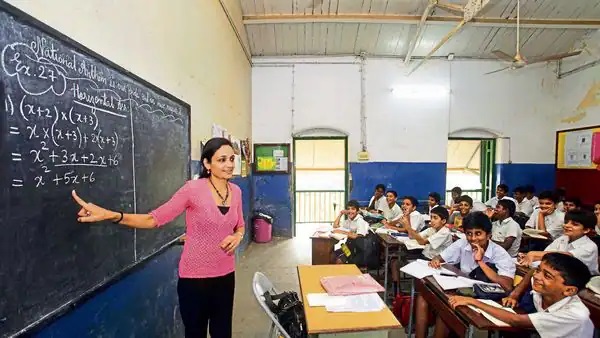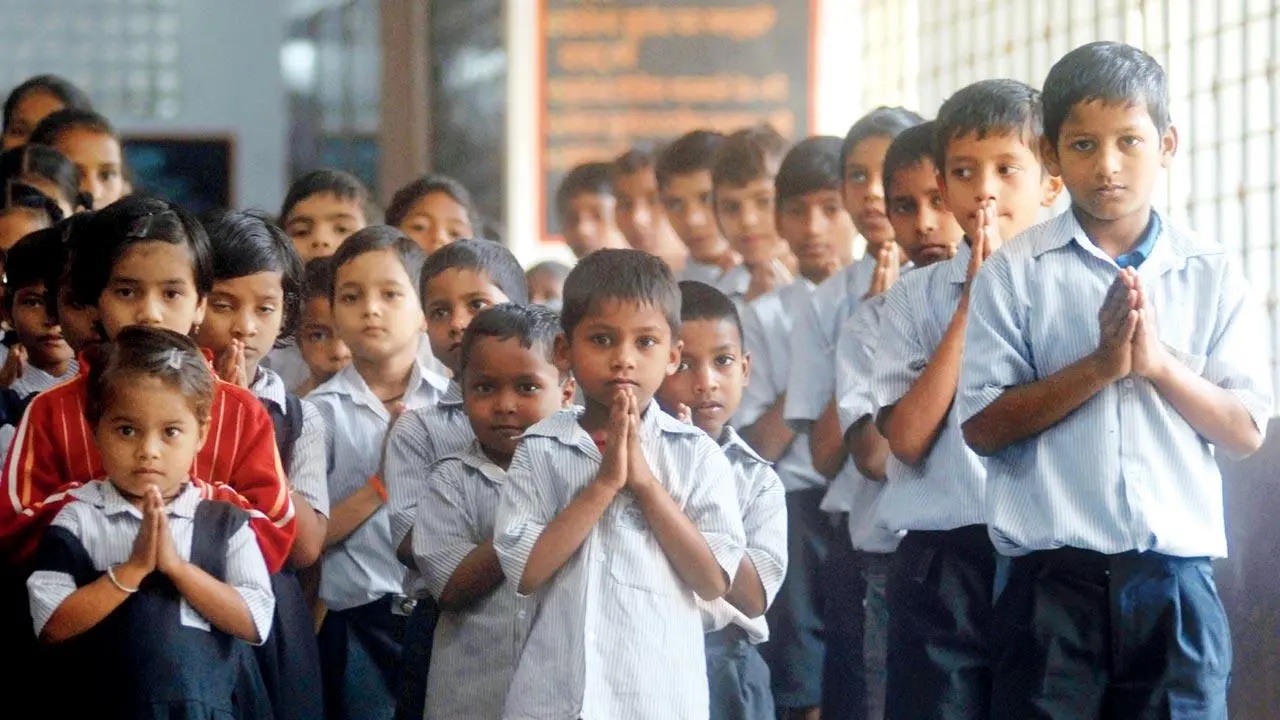- As you are aware, the education sector alongside the healthcare industry is one of the most crucial growth indicators offering the future generations of a country the roadmap as to where the envisaged trajectory is headed. Needless to mention, every government attempts to make these two aspects as robust as possible to ensure the citizens are in line with the tremendous growth opportunities available to their counterparts from other countries. Yes, the governments of the day must invest in the emergence of sound fundamentals of the education sector with the stated objectives of preparing the present and the next generation to adequately cope with emerging challenges. Simply put, there cannot be any compromise on this front.

PC: Mint
- The moot point to ponder over here is whether the country has invested enough to ensure quality education is available to everyone in line with global standards producing desired results. The answer is an emphatic no. Despite the successive union governments pumping in more investments into the education infrastructure, including rural education, the quality of pedagogy made available is consistently failing to produce students with improved foundational skills. ASER (Annual Status of Education Report), which provides a snapshot of schooling in rural India, focused on children in the 14-18 age bracket for its 2023 edition. As you know, in India, this is the secondary stage. ASER 2023’s highlight is that rural schooling has largely overcome the dropout problem.
- Unfortunately, rural schooling hasn’t yet dealt with the task of improving foundational skills. It’s a mixed bag. As reported, in 2023, the sample showed that 84% of rural children have finished at least eight years of schooling. When compared to a similar ASER survey in 2017, the results on foundational skills are mixed. In 2023, youth who could read a standard II level text had dropped by three percentage points to 73.6%. In arithmetic, there was a four-percentage point improvement to 43.3%. Across tasks, boys outperformed girls. The reason appears to lie in social structures that determine access. To illustrate, smartphone penetration has grown tremendously, and 45-50% of youth reported using them to watch study-related videos.

PC: Mid-day
- However, there’s a sharp disparity in ownership of smartphones. Among boys, 44% of those who can use a smartphone own one. In the case of girls, only 20% have their smartphones. Shaky foundations leave youth ill-equipped to put their education to use in real-life situations and thereby, in the job market. For example, only 11% of the youth who were able to perform a basic arithmetic test such as subtraction could work out repayment on a bank loan. 89% of the sampled youth have a smartphone at home. For both governments and other organizations, it’s an effective way to creatively reach out to students and improve their foundational skills. Without a sound base, there’s a demographic nightmare instead of a dividend ahead.






